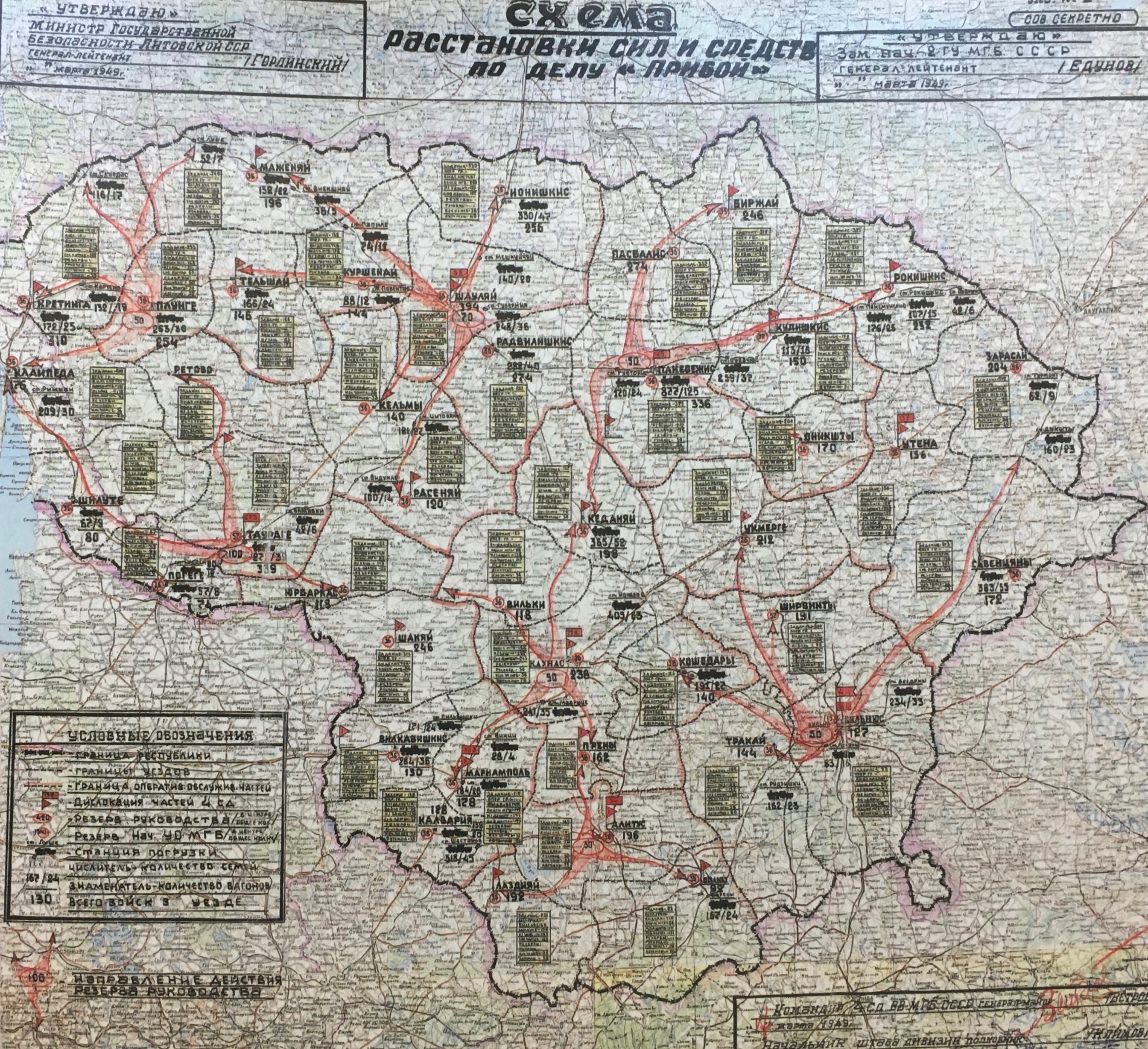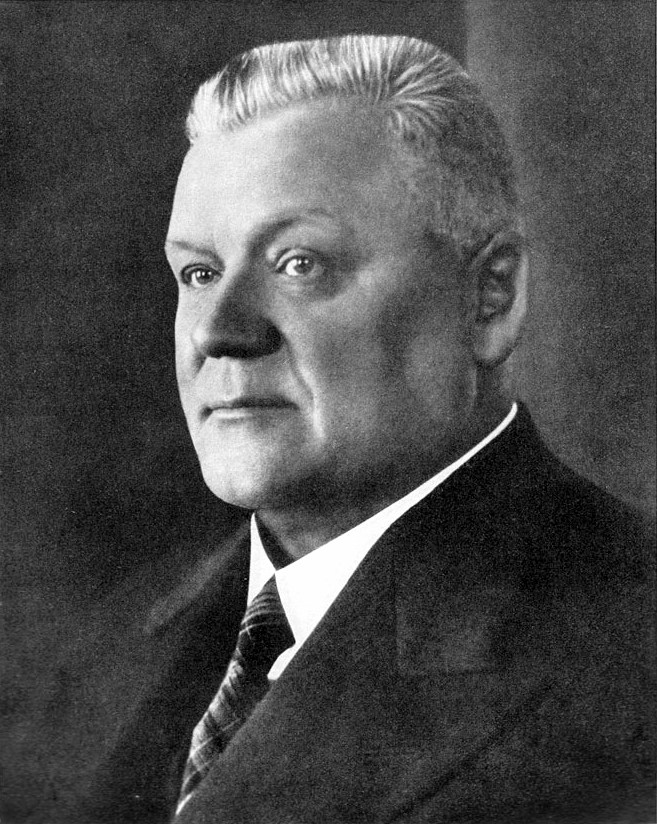|
Commemoration Day For The Victims Of Communist Genocide
Commemoration Day for the Victims of Communist Genocide ( lv, Komunistiskā genocīda upuru piemiņas diena) commemorates the Soviet deportations from Latvia. It is observed on both 25 March and 14 June when the respective 1949 March deportation and the 1941 June deportation took place. Commemoration Day for the Victims of Communist Genocide is marked by a procession organized by the Latvian Association of Politically Repressed Persons from the Museum of the Occupation of Latvia to the Freedom Monument where flowers are laid and attended by the President of Latvia, Speaker of the Saeima and the Prime Minister of Latvia. See also *Day of Remembrance of the Victims of Political Repressions The Remembrance Day for the Victims of Political Repression (russian: День памяти жертв политических репрессий) is an annual day when victims of political repression in the Soviet Union are remembered and mour ... References {{Latvia-hist-stub Dep ... [...More Info...] [...Related Items...] OR: [Wikipedia] [Google] [Baidu] |
Soviet Deportations From Latvia
Soviet deportations from Latvia were a series of mass deportations by the Soviet Union from Latvia in 1941 and 1945–1951, in which around 60,000 inhabitants of Latvia were deported to inhospitable remote areas of the Soviet Union, which had occupied the country in 1940 and again in 1944/1945. Similar deportations were organized by the Soviet regime in the fellow occupied Baltic states of Estonia and Lithuania at the same time. Alongside smaller forced population removals, the main waves of deportation were: * The June deportation of 14 June 1941 of around 14,000–15,500 people and their families, including young children under the age of 10. This wave of deportations was mostly directed at the local Latvian and minority intelligentsia and political-social-economic elite, labeled by the Soviet security services as "suspect and socially alien elements". Out of all the deportees, approximately 5,000 or around 34%-40% of the total number died in exile, on the journey or in execu ... [...More Info...] [...Related Items...] OR: [Wikipedia] [Google] [Baidu] |
Museum Of The Occupation Of Latvia
The Museum of the Occupation of Latvia ( lv, Latvijas Okupācijas muzejs) is a museum and historic educational institution located in Riga, Latvia. It was established in 1993 to exhibit artifacts, archive documents, and educate the public about the 51-year period in the 20th century when Latvia was successively occupied by the USSR in 1940–1941, then by Nazi Germany in 1941–1944, and then again by the USSR in 1944–1991. Official programs for visits to Latvia of top level representatives of other countries normally include a visit to the Museum of the Occupation. The institution also operates an exhibition in the Corner House - the former KGB headquarters in Riga. After 10 years of reconstruction work, a new permanent exhibition was opened to the public on June 1, 2022. A day before the exhibition was attended by the President of Latvia, Egils Levits, and the Minister of Culture, Nauris Puntulis. History The museum was established in 1993 after Paulis Lazda, a Hist ... [...More Info...] [...Related Items...] OR: [Wikipedia] [Google] [Baidu] |
March Deportation
Operation Priboi (russian: Операция «Прибой» – "Operation 'Coastal Surf) was the code name for the Soviet mass deportation from the Baltic states on 25–28 March 1949. The action is also known as the March deportation ( et, Märtsiküüditamine; lv, Marta deportācijas; russian: Мартовская депортация) by Baltic historians. More than 90,000 Estonians, Latvians and Lithuanians, labeled as "enemies of the people", were deported to forced settlements in inhospitable areas of the Soviet Union. Over 70% of the deportees were either women or children under the age of 16. Portrayed as a " dekulakization" campaign, the operation was intended to facilitate collectivisation and to eliminate the support base for the armed resistance of the Forest Brothers against the illegal Soviet occupation. The deportation fulfilled its purposes: by the end of 1949, 93% and 80% of the farms were collectivized in Latvia and Estonia. In Lithuania, the progress wa ... [...More Info...] [...Related Items...] OR: [Wikipedia] [Google] [Baidu] |
June Deportation
The June deportation ( et, juuniküüditamine, lv, jūnija deportācijas, lt, birželio trėmimai) was a Population transfer in the Soviet Union, mass deportation by the Soviet Union of tens of thousands of people from the Soviet occupation of the Baltic states (1940), territories occupied in 1940–1941: Estonia, Latvia, Lithuania, Territories of Poland annexed by the Soviet Union, occupied Poland (mostly present-day West Belarus, western Belarus and western Ukraine), and Soviet deportations from Bessarabia and Northern Bukovina#1941, Moldavia. This mass deportation was organized following the guidelines set by the NKVD with the USSR Interior People's Commissar Lavrentiy Beria as the senior executor. The official name of the top secret operation was “Resolution On the Eviction of the Socially Foreign Elements from the Baltic Republics, Western Ukraine, Western Belarus and Moldova”. The Soviet police, called "''militsya''", carried out the arrests with the collaboration of lo ... [...More Info...] [...Related Items...] OR: [Wikipedia] [Google] [Baidu] |
Freedom Monument
The Freedom Monument ( lv, Brīvības piemineklis, ) is located in Riga, Latvia, honouring soldiers killed during the Latvian War of Independence (1918–1920). It is considered an important symbol of the freedom, independence, and sovereignty of Latvia. Unveiled in 1935, the high monument of granite, travertine, and copper often serves as the focal point of public gatherings and official ceremonies in Riga. The sculptures and bas-reliefs of the monument, arranged in thirteen groups, depict Latvian culture and history. The core of the monument is composed of tetragonal shapes on top of each other, decreasing in size towards the top, completed by a high travertine column bearing the copper figure of Liberty lifting three gilded stars. The concept for the monument first emerged in the early 1920s when the Latvian Prime Minister, Zigfrīds Anna Meierovics, ordered rules to be drawn up for a contest for designs of a "memorial column". After several contests the monument was finall ... [...More Info...] [...Related Items...] OR: [Wikipedia] [Google] [Baidu] |
President Of Latvia
The president of Latvia ( lv, Latvijas Valsts prezidents ) is head of state and commander-in-chief of the Latvian National Armed Forces, National Armed Forces of the Latvia, Republic of Latvia. The term of office is four years. Before 1999, it was three years. The president may be elected any number of times, but not more than twice in a row. In the event of the vacancy in the office of the president, the speaker of the Saeima assumes the duties of the president. For example, after the death of Jānis Čakste the speaker of the Saeima, Pauls Kalniņš, was acting president briefly in 1927, before a new president could be elected. Unlike his President of Estonia, Estonian counterpart, the Latvian president's role is not entirely ceremonial. However, the president is not as powerful as the president of Lithuania. Unlike in Estonia, the president shares executive power with the cabinet and Prime Minister of Latvia, prime minister. However, the president is not politically responsibl ... [...More Info...] [...Related Items...] OR: [Wikipedia] [Google] [Baidu] |
Speaker Of The Saeima
The Speaker of the Saeima ( lv, Saeimas priekšsēdētājs; literal translation, lit. "Chairperson of the Saeima") is the speaker (politics), presiding officer of the Parliament of Latvia, the Saeima. If the President of Latvia resigns from office, dies or is removed from office before their term has ended, the Speaker of the Saeima shall assume the duties of the President until the Saeima has elected a new President. Similarly, the Speaker of the Saeima shall assume the duties of the President if the latter is away from Latvia or for any other reason unable to fulfil the duties of office. The Speaker of the Saeima must be elected at the first meeting of the current convocation of the Saeima. List of speakers Speakers of the Saeima (1922-1934) Parties Chairman of the Supreme Council (1990-1993) Parties Speakers of the Saeima (after 1993) Parties Timeline ImageSize = width:250 height:1200 PlotArea = width:50 height:1180 left:50 bottom:10 DateFormat ... [...More Info...] [...Related Items...] OR: [Wikipedia] [Google] [Baidu] |
Prime Minister Of Latvia
The prime minister of Latvia ( lv, ministru prezidents) is the most powerful member of the Government of Latvia, who presides over the Latvian Cabinet of Ministers. The officeholder is nominated by the president of Latvia, but must be able to obtain the support of a parliamentary majority in the Saeima. The tables below display all Latvian prime ministers from both the first period of Latvian independence (1918–1940) and since the country regained its independence (1990–present). From 1990 to 6 July 1993, the head of government was known as the chairman of the Council of Ministers. A direct translation of the official Latvian term is minister-president. Although the equivalent is used in some European languages, it is not used conventionally in English. List 1918-1940 Political Party: 1940-1990 Vilis Lācis, JANIS (VILIS) LACIS (1940-1959) Jānis Peive (1959-1963) Vitālijs Rubenis (1963-1970) Jurijs Rubenis (1970-1988) Vilnis Edvīns Bresis (1988-1990) 1 ... [...More Info...] [...Related Items...] OR: [Wikipedia] [Google] [Baidu] |
The Baltic Times
''The Baltic Times'' is an independent monthly newspaper that covers the latest political, economic, business, and cultural events in Estonia, Latvia and Lithuania. The paper was formed from a merger in 1996 of the ''Baltic Independent'' and ''Baltic Observer''. With offices in Tallinn and Vilnius and its headquarters in Riga, ''The Baltic Times'' remains the only English language print and online newspaper covering all three Baltic states The Baltic states, et, Balti riigid or the Baltic countries is a geopolitical term, which currently is used to group three countries: Estonia, Latvia, and Lithuania. All three countries are members of NATO, the European Union, the Eurozone, .... Between 1996 and 2012 ''The Baltic Times'' was published weekly and then, until September 2013, twice a month. Official website |
Day Of Remembrance Of The Victims Of Political Repressions
The Remembrance Day for the Victims of Political Repression (russian: День памяти жертв политических репрессий) is an annual day when victims of political repression in the Soviet Union are remembered and mourned across the Russian Federation. Origins The day has been observed since 30 October 1991. It was established by the Supreme Soviet of Russia on 18 October 1991, the same day as that body passed the "Law on the Rehabilitation of the Victims of Political Repression", a key piece of legislation still in force. (The Memorial (society) has estimated that 12 million people qualified for rehabilitation under the terms of that act.) 30 October is an official date in the calendar of the Russian Federation. In 2007 President Putin visited the Butovo firing range on 30 October. Ten years later it was the day on which President Putin and Patriarch Kirill inaugurated the new Wall of Sorrow. This new use continues to be criticised by some Russia ... [...More Info...] [...Related Items...] OR: [Wikipedia] [Google] [Baidu] |
Deportation From Latvia
Deportation is the expulsion of a person or group of people from a place or country. The term ''expulsion'' is often used as a synonym for deportation, though expulsion is more often used in the context of international law, while deportation is more used in national (municipal) law. Forced displacement or forced migration of an individual or a group may be caused by deportation, for example ethnic cleansing, and other reasons. A person who has been deported or is under sentence of deportation is called a ''deportee''. Definition Definitions of deportation apply equally to nationals and foreigners. Nonetheless, in the common usage the expulsion of foreign nationals is usually called deportation, whereas the expulsion of nationals is called extradition, banishment, exile, or penal transportation. For example, in the United States: "Strictly speaking, transportation, extradition, and deportation, although each has the effect of removing a person from the country, are different ... [...More Info...] [...Related Items...] OR: [Wikipedia] [Google] [Baidu] |

.jpg)

_(cropped).jpg)

